The
phenomenon of hair loss is a shared concern that spans the globe, affecting
people from all walks of life. Whether you're in New York or Kathmandu, the
question persists: Why do people go bald? Let's begin
on a fact-based exploration to clarify the
reasons behind hair loss, with a focus on both the world at large and the
unique landscape of Nepal.
Understanding the Global Patterns:
Genetics on a Global Scale:
Globally,
genetics plays a significant role in hair loss. Androgenetic alopecia, the
scientific term for common baldness, can be inherited from parent. This
widespread genetic factor contributes to hair loss across diverse populations
Hormonal Influences:

Hormones,
the body's messengers, are key players in the hair loss narrative worldwide.
Shifts in hormonal balance, such as those occurring during pregnancy,
childbirth, or menopause, can impact hair growth patterns. Hormonal
fluctuations occuring due to any stressors can have a role as well.
Universal Medical Factors:
Certain
medical conditions, like thyroid disorders, autoimmune diseases or any other
chronic medical illness are known culprits of hair loss. Additionally, globally
prevalent treatments like chemotherapy can lead to temporary hair loss as an
unfortunate side effect.
Nutritional Deficiencies:
Poor
nutrition is a common denominator in the hair loss equation on a global scale.
Insufficient intake of vital nutrients, including vitamins and minerals, can
compromise the health of hair follicles.
Examining the Nepali Context:
Genetic Predisposition in Nepal:
In
Nepal, as in many other parts of the world, genetic factors contribute
significantly to hair loss. If your parents or grandparents experienced
baldness, there's a higher likelihood that you might as well.
Hormonal Fluctuations:
Nepali
individuals, particularly women, may experience hair loss due to hormonal
shifts during significant life events like pregnancy, childbirth, or menopause.
Environmental and Lifestyle Factors:

Factors
unique to Nepal, such as environmental stressors or specific dietary patterns,
may also play a role in hair health.
Folliderm's Role in Hair Health:
As
we navigate the global and local intricacies of hair loss, it's heartening to
know that solutions exist. Folliderm, with its commitment to personalized care
and cutting-edge techniques, stands as a beacon for those seeking to address
and overcome hair loss concerns. Whether you're in New York or Nepal,
Folliderm's services extend to anyone seeking comprehensive solutions for hair
restoration and maintenance.
Conclusion:
Hair
loss happens for various reasons, including genetics, hormones, health
conditions, and lifestyle choices. Knowing about these factors helps people
make smart decisions. In Nepal, Folliderm helps with effective solutions to
address hair issues, guiding individuals to regain and keep healthy hair.
Taking proactive steps allows people worldwide to confidently navigate the path
to hair restoration.

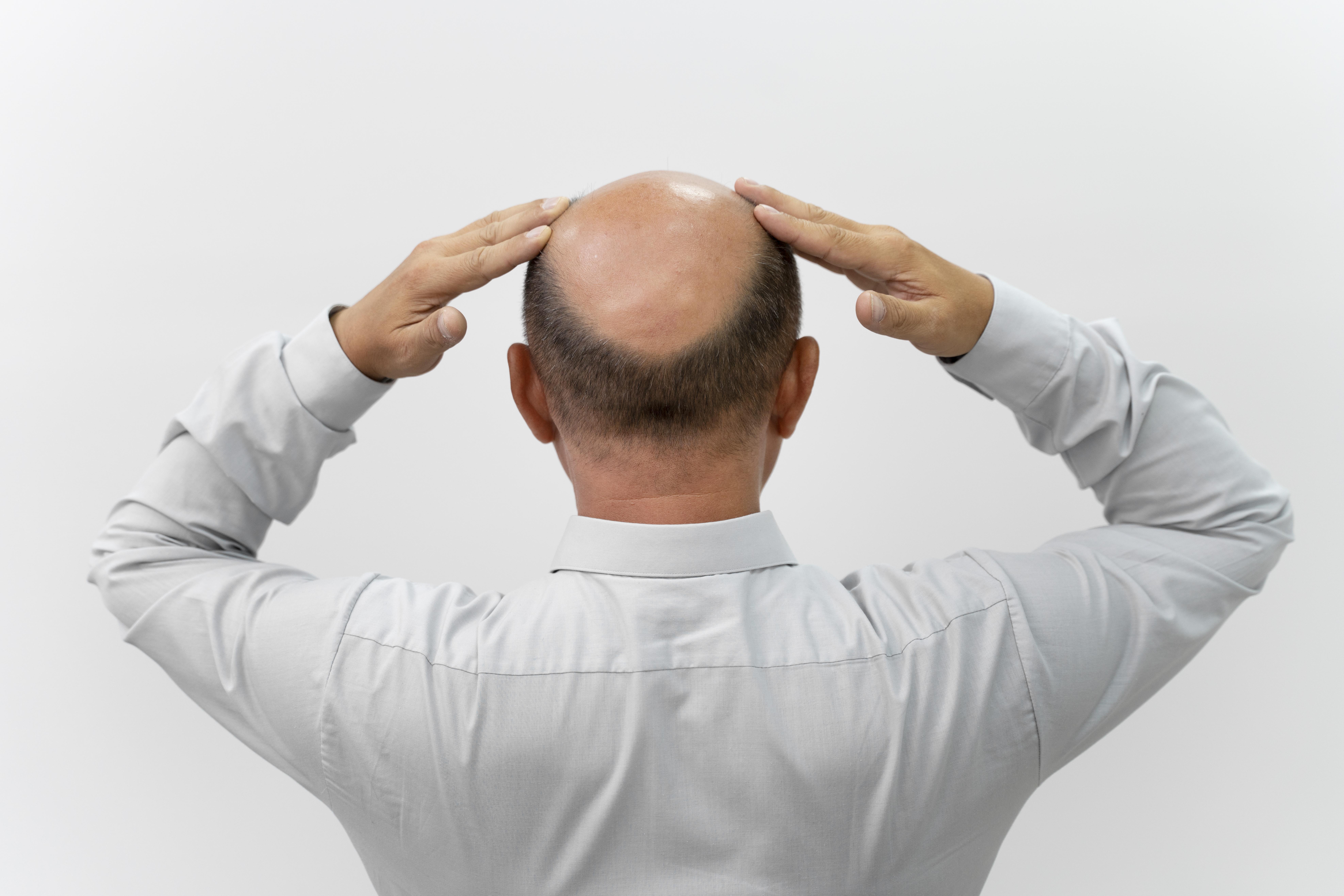






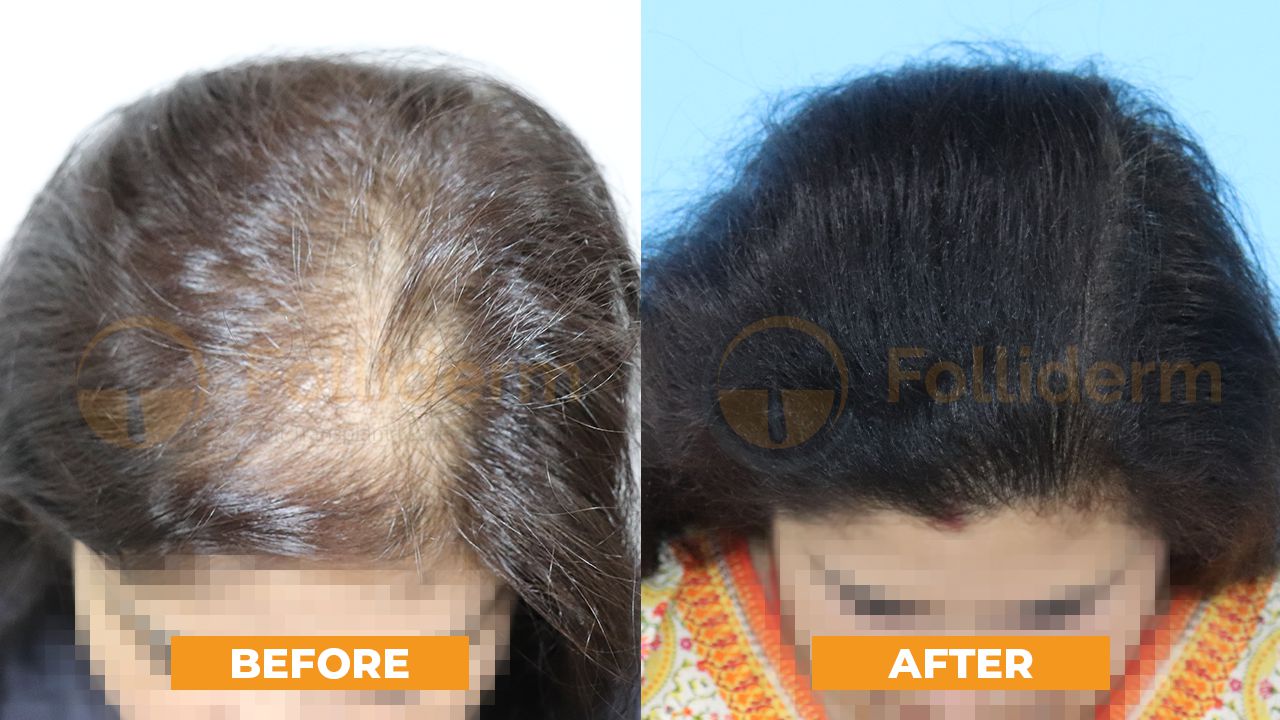
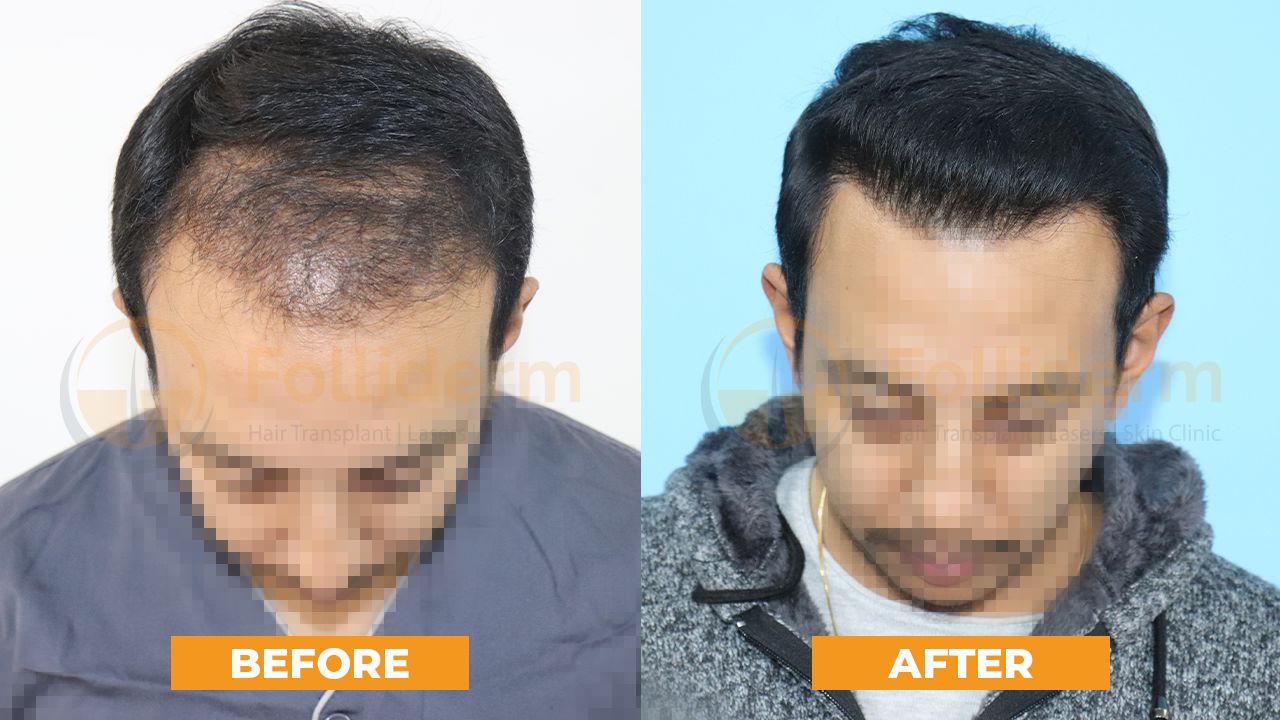
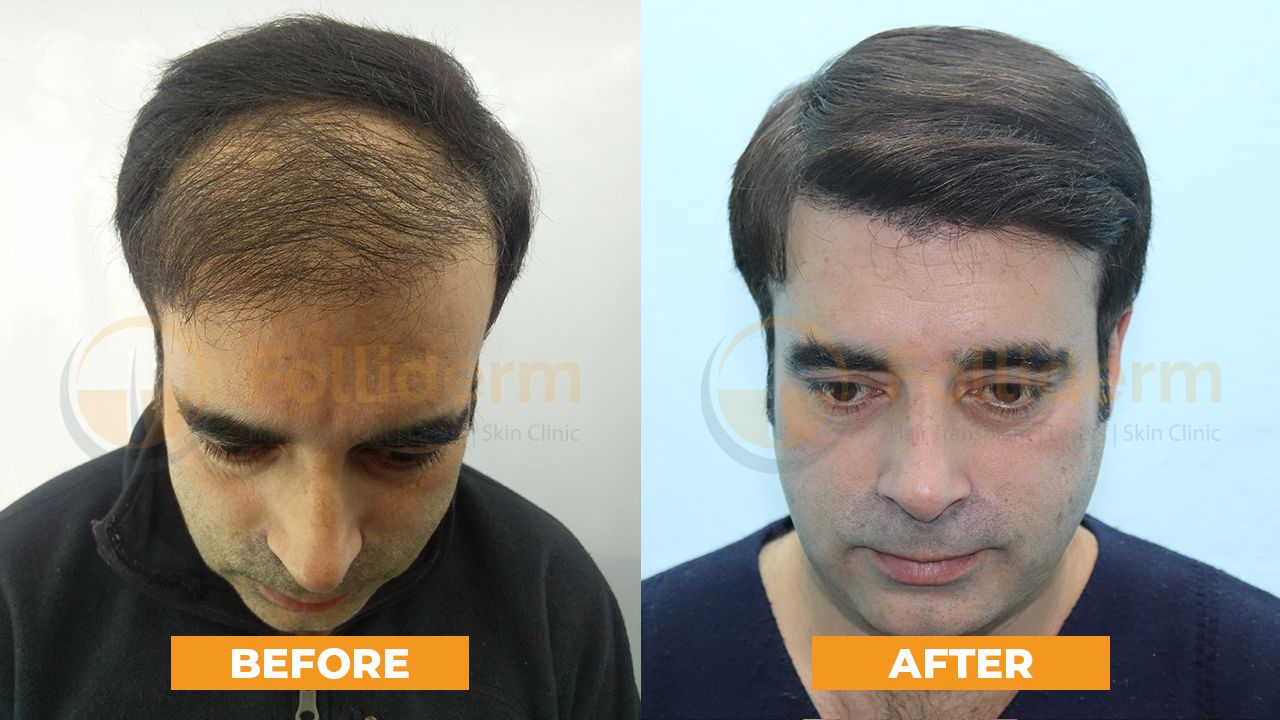

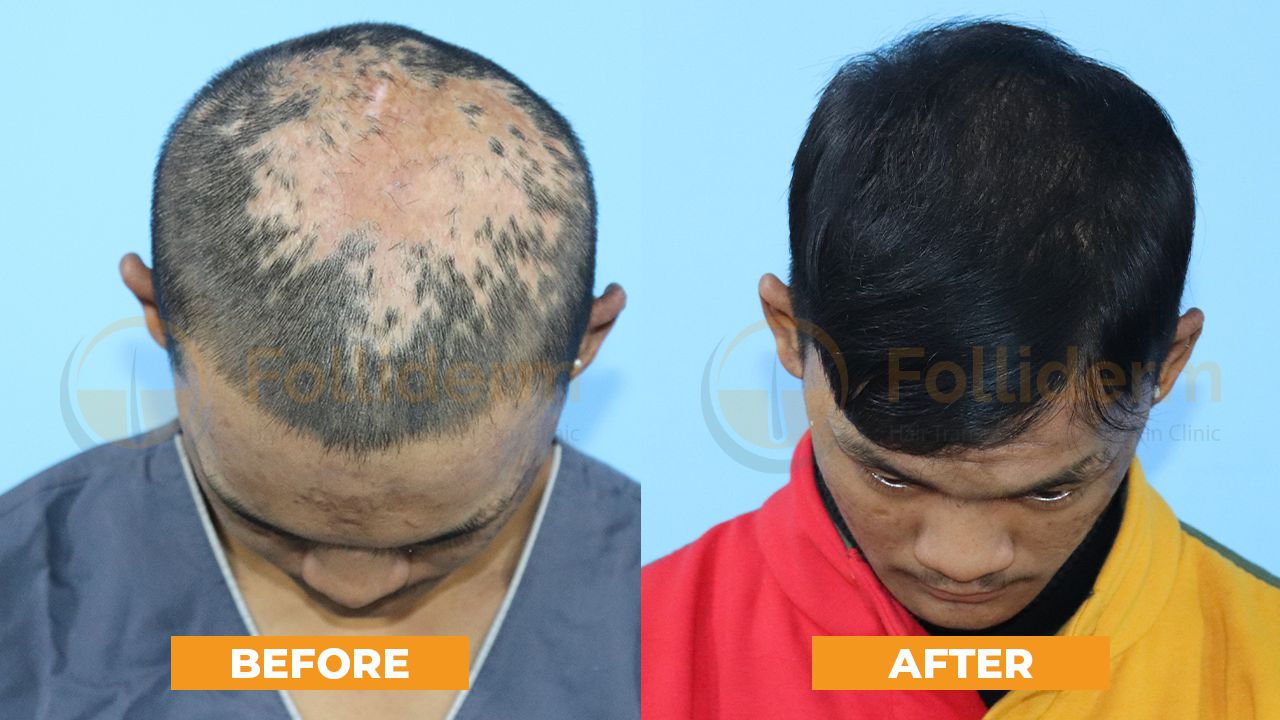
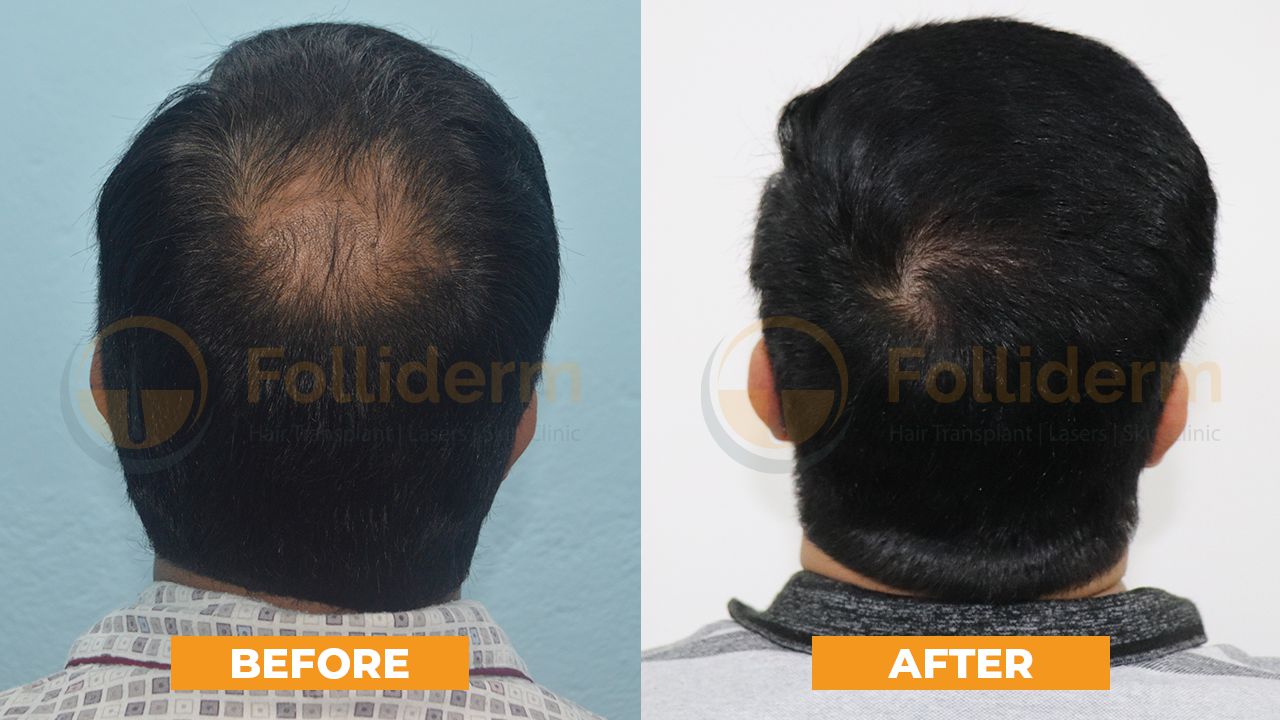
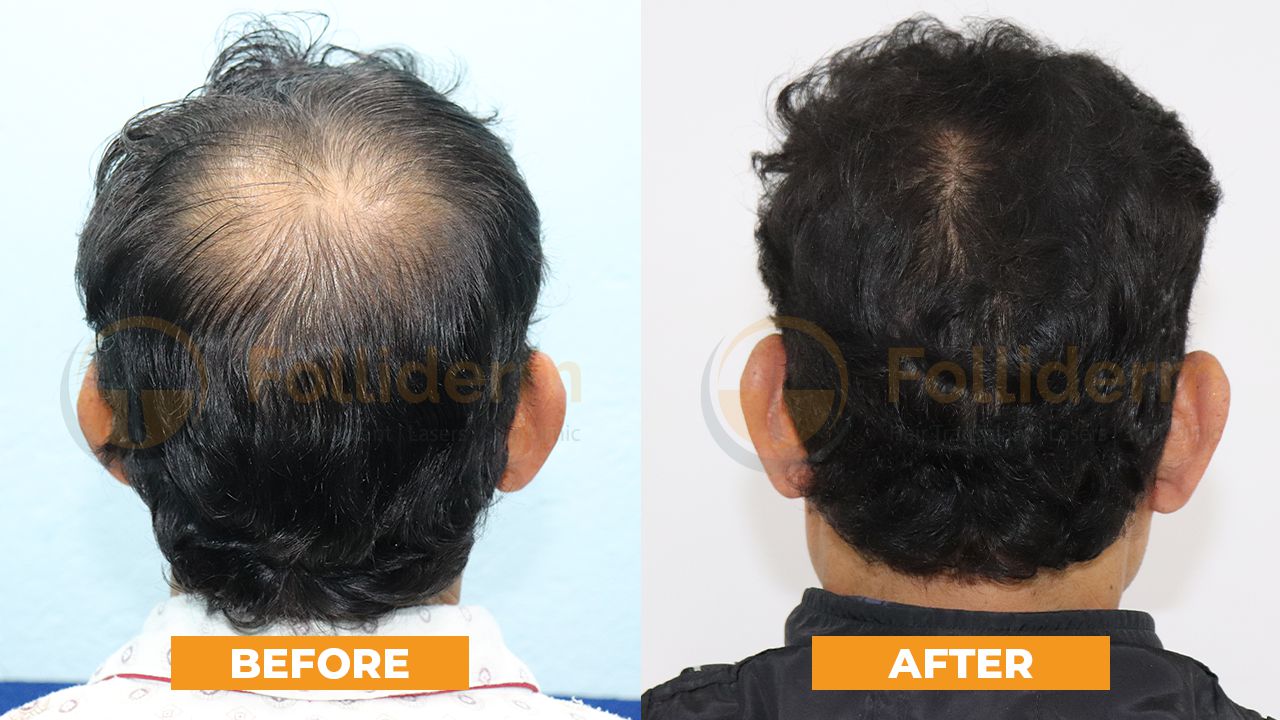




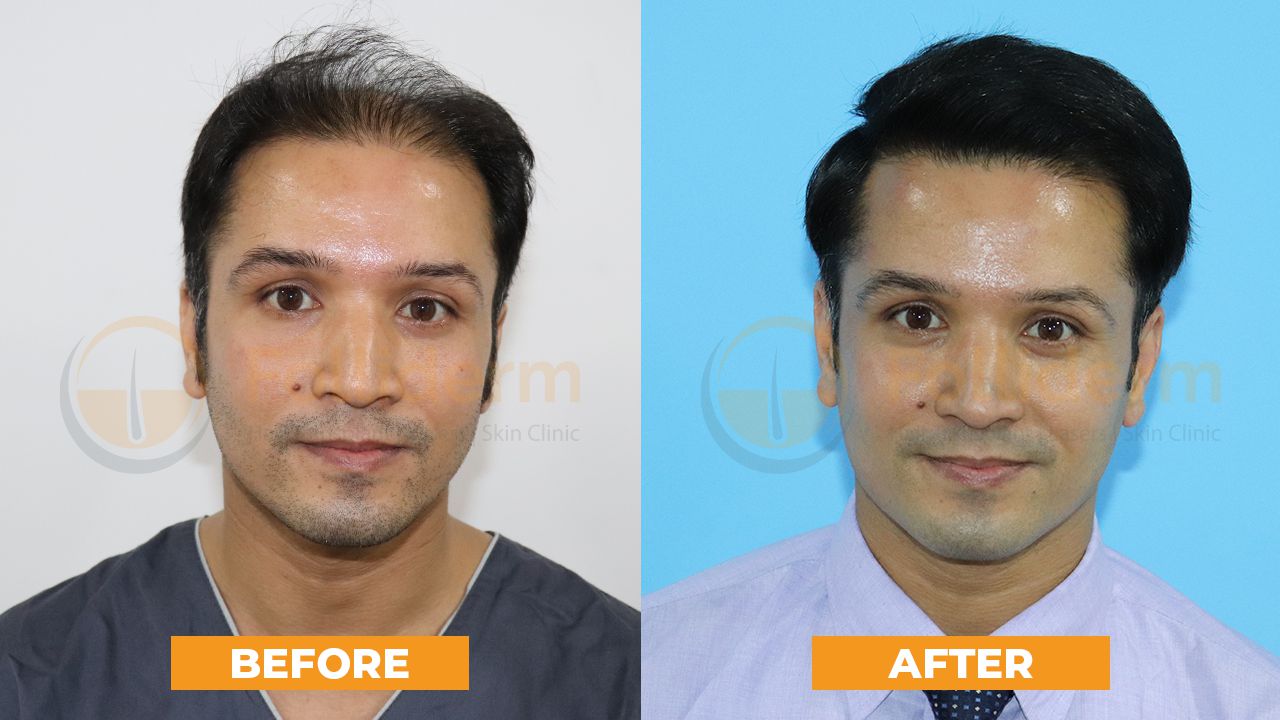
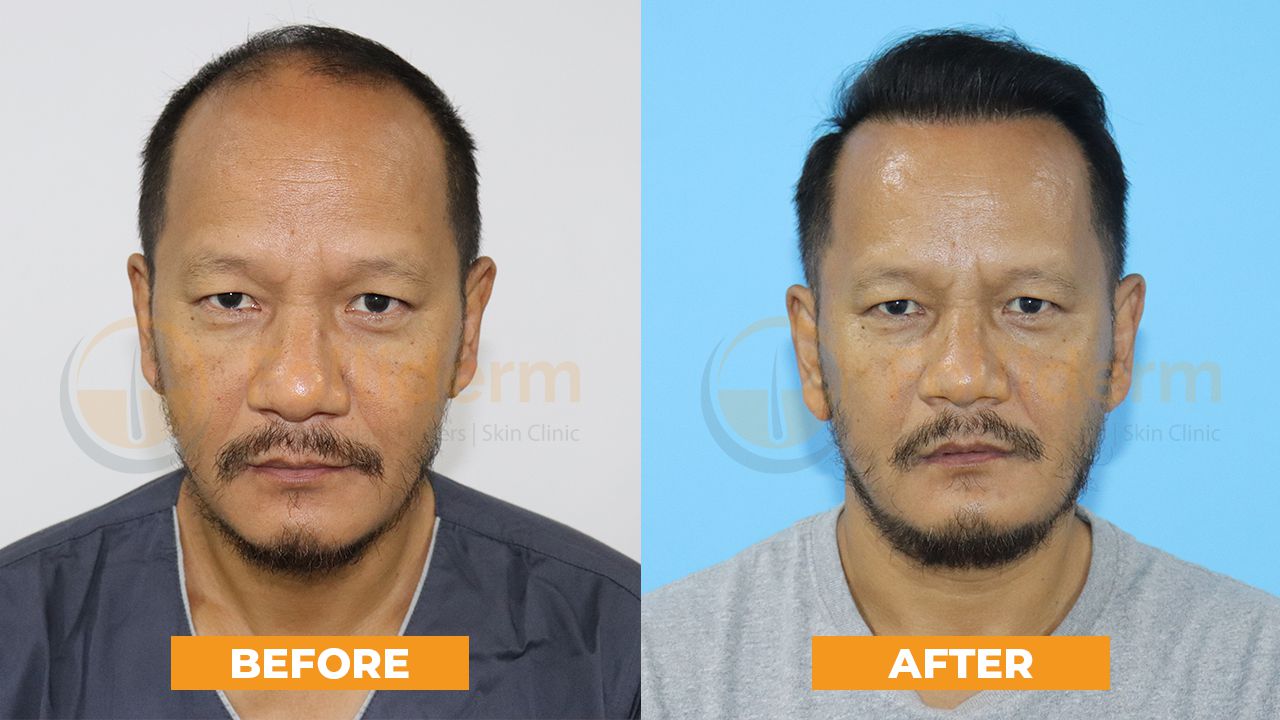

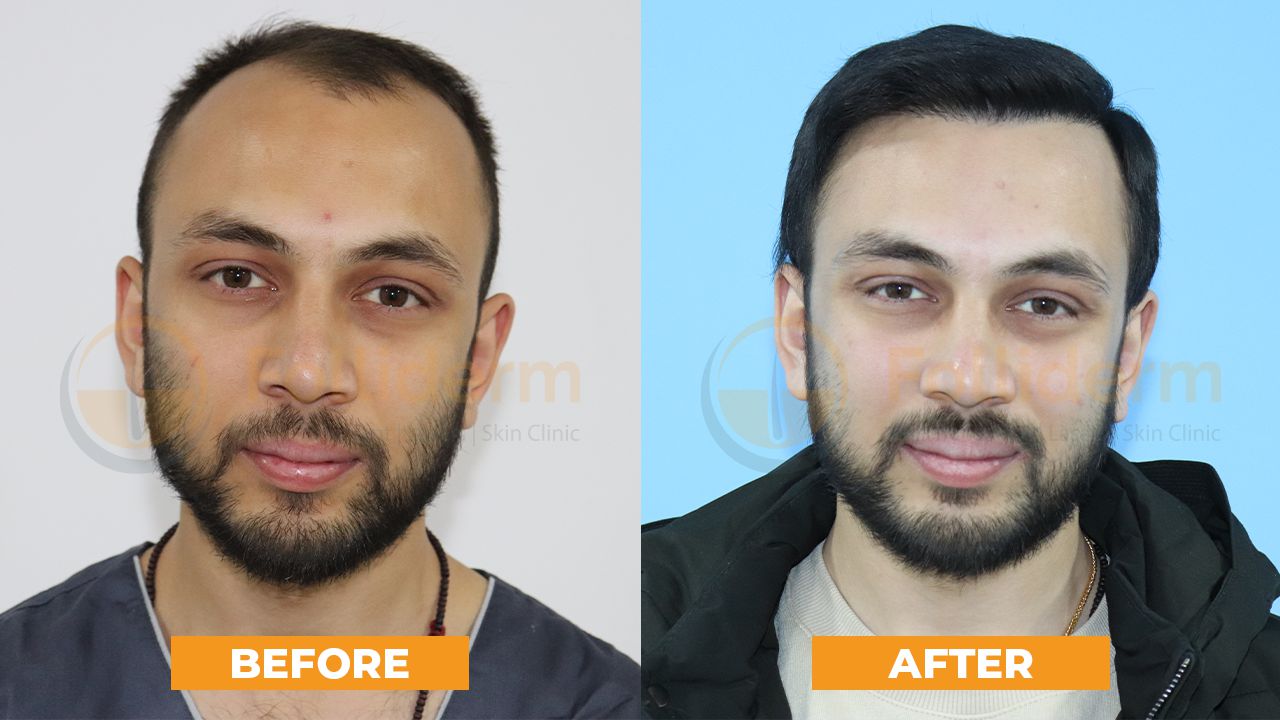
_compressed.jpg)